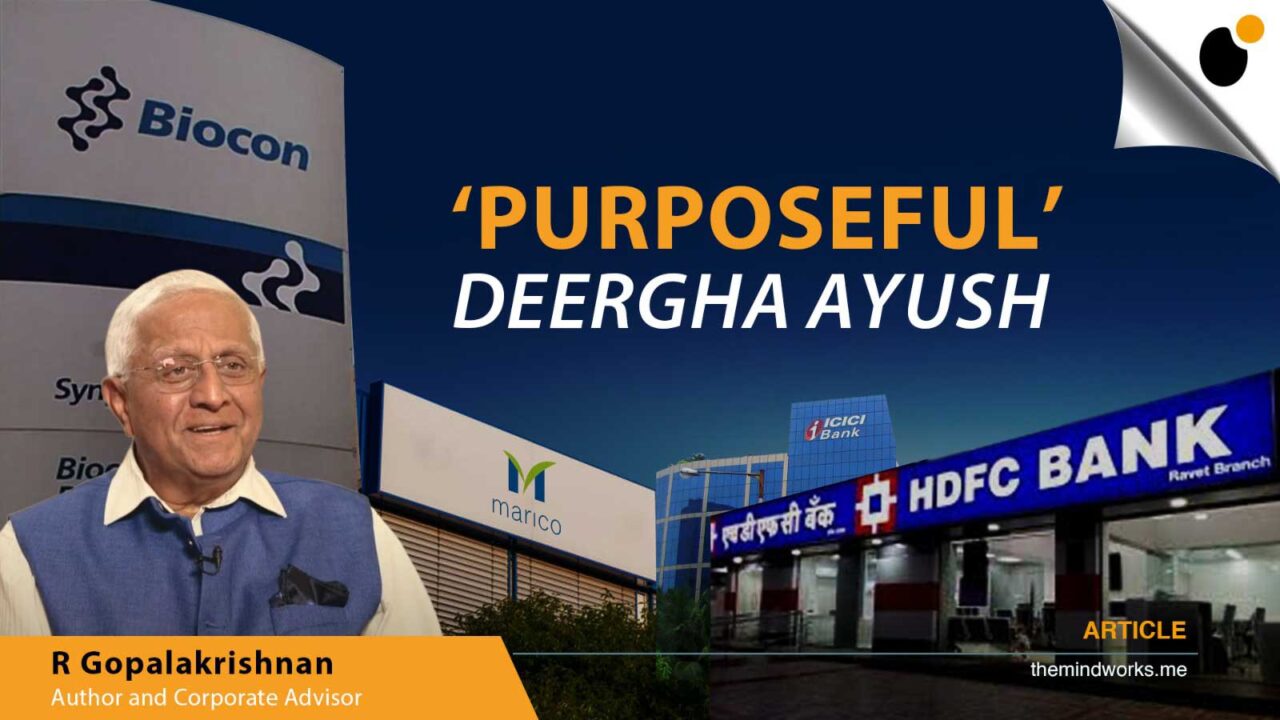1st October 2015, BUSINESS STANDARD
Innovations such as room key cards and the right room temperature are more consumer friendly compared to fancy stuff like enhanced mobile interface
Before discussing hotels, a quick word about the last column (Business Standard, 4 September) , in which I favoured field experiments on GMO. Opposing on the basis of ‘inserting foreign bacteria-DNA’ into brinjal or rice is specious. My knowledgeable readers have pointed out that bacteria predate us humans by several million years; that your body and mine contain ten times more bacteria than human genome. A doctor argued, “Humans are the guests, bacteria play host to humans.” Some readers generously recommended me additional reading and education. Just a few readers gasped with the new knowledge that human beings themselves evolved through mating of multiple species of hominid.
This month’s subject is easier. Five star hotels globally need to innovate in a consumer-relevant way. How can hotels innovate to produce a magnetic customer experience?
Master switches: I am blind without my spectacles. I keep them under my pillow in the night. I also like the room to be pitch dark. To find my spectacles in the dark, I carry a flashlight which I store under my pillow. On some trips I forget to carry it and boy, what an experience!
Some hotels have a wall master switch, which puts off all lights. However, after switching off the light, the journey from the wall switch to the bed is hazardous. Other hotels keep a bedside master switch. However to switch it on in the night, you are likely to knock down the telephone, writing pads, flower vases etc left on the bedside table. Fifteen valuable minutes are required to clear the intruders from the bedside table. You can then flick the master switch and sleep like a baby. However, in the process you are unable to recharg your iPad and cell phone.
I am sure that hotel engineers have answers and solutions but I wonder why the operating staff are not trained. When I seek guidance from the attendant who escorts me to my room, I feel I am viewed as a strange man with strange requests. Unable to answer, housekeeping summons the electrician. By that time I am well into my bedtime. The lesson is that like with all innovations, customer experience occurs at the junction of departments. Breaking departmental silos leads to magnetic customer experience.
Temperature: The second innovation opportunity is effective temperature control. Anybody who has sat through a daylong meeting in a top hotel has great empathy for a defrosted, frozen prawn.
The subject is far more complex than designing better AC machines. Recently Nature Climate Change published a finding that “building temperatures are based on a decades-old formula that uses the metabolic rates of men, though many women work in buildings now….they follow a thermal comfort model that was developed in the 1960s” (IHT, 3rd August). Field wide open for innovations, is it not?
Air conditioning was invented over a century ago and widely adopted about the time Gandhiji asked the British to quit India. AC usage has penetrated only 5 percent of Indian homes, so the Indian market potential is enormous. Surely the star hotels and air conditioner companies can begin an open innovation project to conquer this consumer problem, not just in India but globally.
Electric sockets: Some hotels provide electric sockets at desk level. But most hotel rooms have so few that you have to bend under a table to disconnect something else and to plug in your devices.
Room key cards: Any hotel that can give you a key card that can still function after sitting next to a cell phone can win a prize for not making tired customers walk all the way back to the reception to fetch a free card.
I think these innovations (improvements, if you insist) are far more consumer friendly compared to fancy stuff like enhanced mobile interface or mobile onward reservations. To modify Marlon Brando’s statement in A Streetcar Named Desire, “To be innovative, you have to believe you are innovative.”


